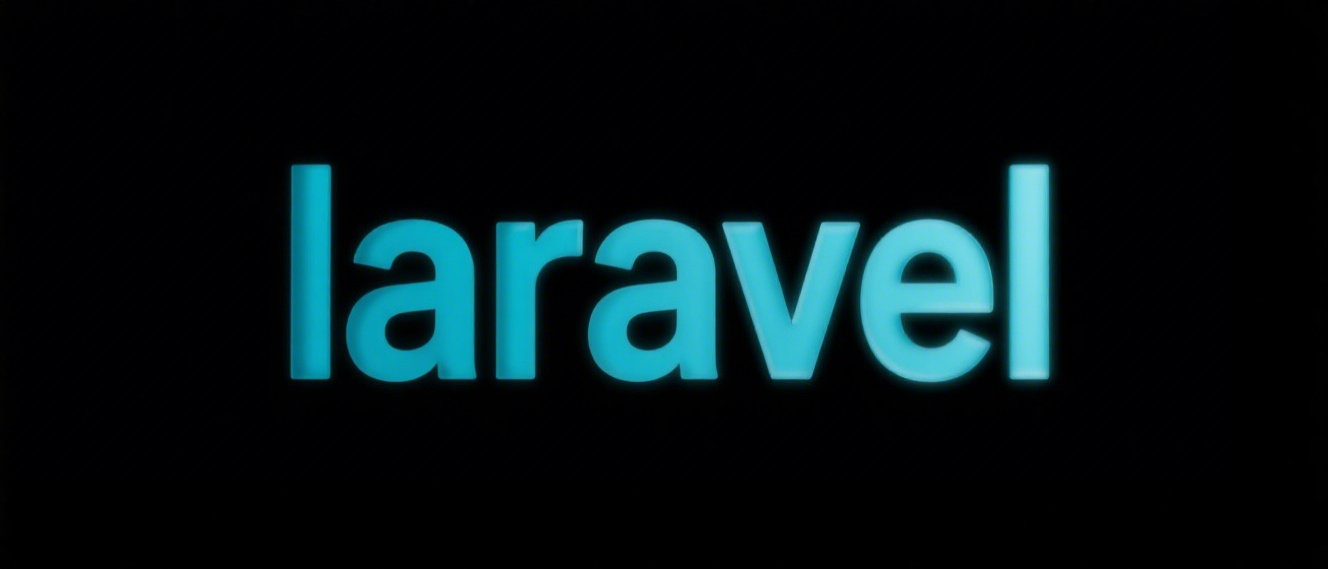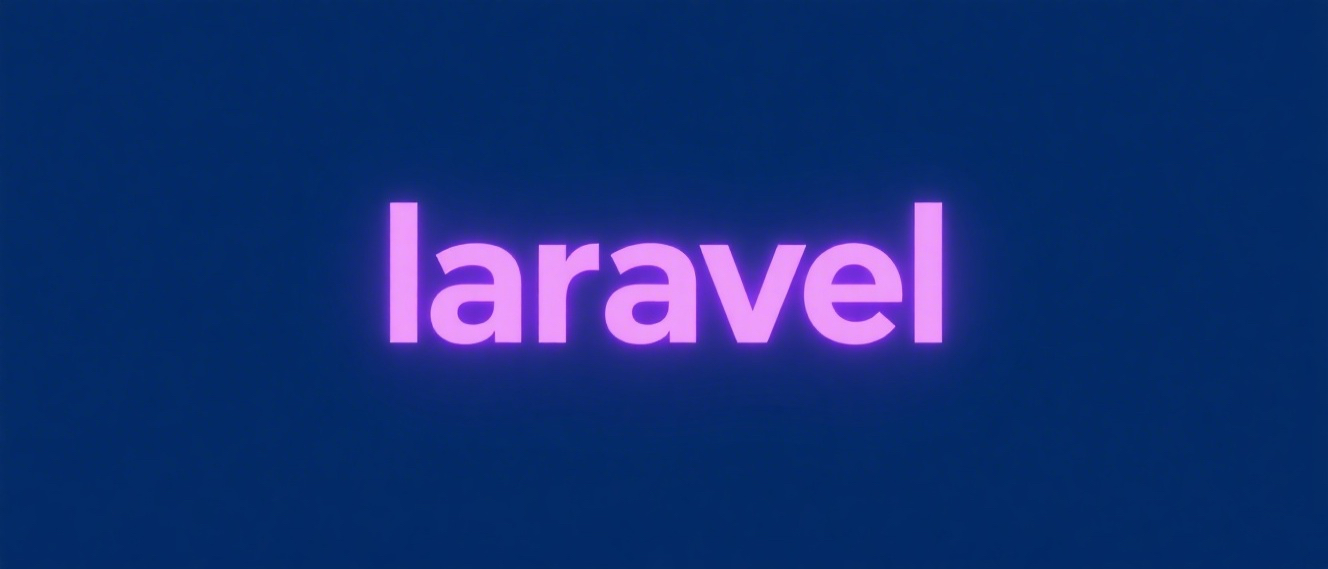Protecting your application with Laravel security features
Jul 09, 2025 am 01:31 AMLaravel provides robust security features to protect applications from common web vulnerabilities. Use built-in CSRF protection by including @csrf in all POST/PUT/PATCH/DELETE forms and avoid disabling it unless necessary, using API tokens instead. 1. Leverage Eloquent ORM or Query Builder for database queries to prevent SQL injection via parameter binding. 2. Sanitize user input using validation rules like 'email' => 'required|email' and middleware such as TrimStrings and ConvertEmptyStringsToNull for consistent data. 3. Secure routes with Laravel’s authentication and authorization system using Gates and Policies, ensuring only authorized users can perform specific actions, and apply middleware like auth or can to restrict access effectively.

Laravel comes with a ton of built-in security features that help protect your application from common web vulnerabilities. If you're building something serious, relying solely on basic setup won't cut it — you need to make use of what Laravel offers under the hood.

Use Built-In CSRF Protection
One of the most important things Laravel does automatically is handle CSRF protection. Every time you create a form using Blade’s @csrf directive, Laravel adds a hidden input field with a token that verifies the request came from your site and not from a malicious third-party page.

- Make sure every POST/PUT/PATCH/DELETE form includes
@csrf - Don’t disable CSRF protection unless you have a very specific reason (like public APIs — but even then, use API tokens instead)
It's easy to forget this when writing custom forms or working with JavaScript-based submissions, so double-check your code before pushing to production.
Leverage Eloquent for Database Queries
Using raw SQL queries opens the door to SQL injection attacks if you’re not careful. Laravel’s Eloquent ORM and Query Builder help prevent that by default because they use parameter binding behind the scenes.

For example:
// Safe query using Query Builder
User::where('email', $request->input('email'))->first();This way, any user input gets properly escaped before being sent to the database. Avoid concatenating variables directly into SQL strings unless you absolutely have to — and even then, always sanitize and validate first.
Sanitize User Input with Validation and Middleware
Validation is one of the easiest ways to stop bad data at the door. Laravel’s Form Request and controller validation helpers are solid tools.
Use rules like:
'email' => 'required|email''password' => 'required|min:8'
Also, don’t forget to clean up inputs before saving them. For instance, trimming whitespace or stripping HTML tags where appropriate can prevent unexpected behavior later.
You can also combine validation with middleware like TrimStrings and ConvertEmptyStringsToNull, which come enabled by default in Laravel. These help keep your data consistent without extra effort.
Secure Your Routes with Authentication and Authorization
Most apps need some kind of access control. Laravel provides a simple but powerful system using Gates and Policies.
Let’s say you want only the owner of a post to be able to edit it:
Gate::define('update-post', function ($user, $post) {
return $user->id === $post->user_id;
});Then in your controller or Blade views, you can check:
if (Gate::allows('update-post', $post)) { ... }Also, make sure your routes are protected using middleware like auth or can. For example:
Route::put('/posts/{post}', [PostController::class, 'update'])->middleware('can:update-post,post');This ensures users can’t just guess URLs and perform actions they shouldn’t.
That’s basically it. Laravel gives you strong tools out of the box — but you still need to use them right. Keep your forms safe, your queries clean, your inputs validated, and your routes locked down.
The above is the detailed content of Protecting your application with Laravel security features. For more information, please follow other related articles on the PHP Chinese website!

Hot AI Tools

Undress AI Tool
Undress images for free

Undresser.AI Undress
AI-powered app for creating realistic nude photos

AI Clothes Remover
Online AI tool for removing clothes from photos.

Clothoff.io
AI clothes remover

Video Face Swap
Swap faces in any video effortlessly with our completely free AI face swap tool!

Hot Article

Hot Tools

Notepad++7.3.1
Easy-to-use and free code editor

SublimeText3 Chinese version
Chinese version, very easy to use

Zend Studio 13.0.1
Powerful PHP integrated development environment

Dreamweaver CS6
Visual web development tools

SublimeText3 Mac version
God-level code editing software (SublimeText3)
 How to set environment variables in PHP environment Description of adding PHP running environment variables
Jul 25, 2025 pm 08:33 PM
How to set environment variables in PHP environment Description of adding PHP running environment variables
Jul 25, 2025 pm 08:33 PM
There are three main ways to set environment variables in PHP: 1. Global configuration through php.ini; 2. Passed through a web server (such as SetEnv of Apache or fastcgi_param of Nginx); 3. Use putenv() function in PHP scripts. Among them, php.ini is suitable for global and infrequently changing configurations, web server configuration is suitable for scenarios that need to be isolated, and putenv() is suitable for temporary variables. Persistence policies include configuration files (such as php.ini or web server configuration), .env files are loaded with dotenv library, and dynamic injection of variables in CI/CD processes. Security management sensitive information should be avoided hard-coded, and it is recommended to use.en
 What is Configuration Caching in Laravel?
Jul 27, 2025 am 03:54 AM
What is Configuration Caching in Laravel?
Jul 27, 2025 am 03:54 AM
Laravel's configuration cache improves performance by merging all configuration files into a single cache file. Enabling configuration cache in a production environment can reduce I/O operations and file parsing on each request, thereby speeding up configuration loading; 1. It should be enabled when the application is deployed, the configuration is stable and no frequent changes are required; 2. After enabling, modify the configuration, you need to re-run phpartisanconfig:cache to take effect; 3. Avoid using dynamic logic or closures that depend on runtime conditions in the configuration file; 4. When troubleshooting problems, you should first clear the cache, check the .env variables and re-cache.
 How to make PHP container support automatic construction? Continuously integrated CI configuration method of PHP environment
Jul 25, 2025 pm 08:54 PM
How to make PHP container support automatic construction? Continuously integrated CI configuration method of PHP environment
Jul 25, 2025 pm 08:54 PM
To enable PHP containers to support automatic construction, the core lies in configuring the continuous integration (CI) process. 1. Use Dockerfile to define the PHP environment, including basic image, extension installation, dependency management and permission settings; 2. Configure CI/CD tools such as GitLabCI, and define the build, test and deployment stages through the .gitlab-ci.yml file to achieve automatic construction, testing and deployment; 3. Integrate test frameworks such as PHPUnit to ensure that tests are automatically run after code changes; 4. Use automated deployment strategies such as Kubernetes to define deployment configuration through the deployment.yaml file; 5. Optimize Dockerfile and adopt multi-stage construction
 Explain Laravel Eloquent Scopes.
Jul 26, 2025 am 07:22 AM
Explain Laravel Eloquent Scopes.
Jul 26, 2025 am 07:22 AM
Laravel's EloquentScopes is a tool that encapsulates common query logic, divided into local scope and global scope. 1. The local scope is defined with a method starting with scope and needs to be called explicitly, such as Post::published(); 2. The global scope is automatically applied to all queries, often used for soft deletion or multi-tenant systems, and the Scope interface needs to be implemented and registered in the model; 3. The scope can be equipped with parameters, such as filtering articles by year or month, and corresponding parameters are passed in when calling; 4. Pay attention to naming specifications, chain calls, temporary disabling and combination expansion when using to improve code clarity and reusability.
 PHP development user permission management monetization PHP permission control and role management
Jul 25, 2025 pm 06:51 PM
PHP development user permission management monetization PHP permission control and role management
Jul 25, 2025 pm 06:51 PM
User permission management is the core mechanism for realizing product monetization in PHP development. It separates users, roles and permissions through a role-based access control (RBAC) model to achieve flexible permission allocation and management. The specific steps include: 1. Design three tables of users, roles, and permissions and two intermediate tables of user_roles and role_permissions; 2. Implement permission checking methods in the code such as $user->can('edit_post'); 3. Use cache to improve performance; 4. Use permission control to realize product function layering and differentiated services, thereby supporting membership system and pricing strategies; 5. Avoid the permission granularity is too coarse or too fine, and use "investment"
 How to build a log management system with PHP PHP log collection and analysis tool
Jul 25, 2025 pm 08:48 PM
How to build a log management system with PHP PHP log collection and analysis tool
Jul 25, 2025 pm 08:48 PM
Select logging method: In the early stage, you can use the built-in error_log() for PHP. After the project is expanded, be sure to switch to mature libraries such as Monolog, support multiple handlers and log levels, and ensure that the log contains timestamps, levels, file line numbers and error details; 2. Design storage structure: A small amount of logs can be stored in files, and if there is a large number of logs, select a database if there is a large number of analysis. Use MySQL/PostgreSQL to structured data. Elasticsearch Kibana is recommended for semi-structured/unstructured. At the same time, it is formulated for backup and regular cleaning strategies; 3. Development and analysis interface: It should have search, filtering, aggregation, and visualization functions. It can be directly integrated into Kibana, or use the PHP framework chart library to develop self-development, focusing on the simplicity and ease of interface.
 How to create a helper file in Laravel?
Jul 26, 2025 am 08:58 AM
How to create a helper file in Laravel?
Jul 26, 2025 am 08:58 AM
Createahelpers.phpfileinapp/HelperswithcustomfunctionslikeformatPrice,isActiveRoute,andisAdmin.2.Addthefiletothe"files"sectionofcomposer.jsonunderautoload.3.Runcomposerdump-autoloadtomakethefunctionsgloballyavailable.4.Usethehelperfunctions
 How to mock objects in Laravel tests?
Jul 27, 2025 am 03:13 AM
How to mock objects in Laravel tests?
Jul 27, 2025 am 03:13 AM
UseMockeryforcustomdependenciesbysettingexpectationswithshouldReceive().2.UseLaravel’sfake()methodforfacadeslikeMail,Queue,andHttptopreventrealinteractions.3.Replacecontainer-boundserviceswith$this->mock()forcleanersyntax.4.UseHttp::fake()withURLp






